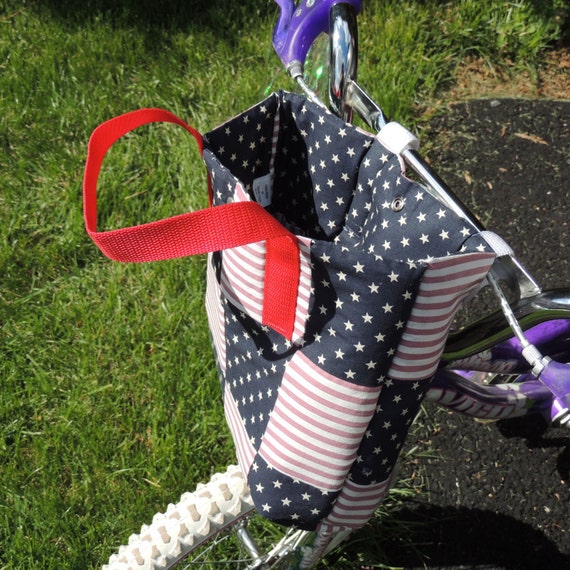When I was a kid, we thought Rambler was a car old people drove.
Such a conclusion was based on the impeccable powers of observation children have: Everyone we saw driving a car with the "R" was old enough to be one of our grandparents. Also, everything about it just seemed like it was meant to be driven by someone who would have fit the demographic of Brezhnev's last Politburo. The word for it--which I didn't know at the time, because it wasn't used in my blue-collar milieu--was stodgy.
Thus, when the brand died, one could, perhaps, have been forgiven for thinking that its demise came because all of its potential customers had gone to the Great Golf Course In The Sky.
I was just short of eleven years old at the time. Not only had I seen what we would, in more politically correct times, call "senior citizens" driving Ramblers, I also noticed some cars--also, as often as not, driven by members of the same age group--bearing a brand that wasn't advertised on TV.
Several years earlier, that brand--named for the first known European to cross the Mississippi River--crossed the Rubicon, or the River Styx, or whatever body of water separates us from The End. I am referring, of course, to De Soto.
Now, I don't recall the passing of De Soto--the car or the explorer (in spite of what some of my students might have you believe!). The brand died around the time I was passing through a "terrible" age. Aside from seeing some of their cars--which, by the time of Rambler's end, were about a decade old--the only other reference I saw to the brand was in re-runs of You Bet Your Life. The popular game show's host would urge viewers to go to their nearest De Soto dealers and tell them "Groucho sent you."
Hmm...If you did utter that magic phrase, did you get a free duck on your dashboard?
Or, perhaps, if you bought one of their cars, you'd get this as a bonus:
I tried to find information on De Soto bicycles. I don't know whether they were made by any company connected with the automobiles. It wouldn't surprise me if they were, or at least if someone in the auto company had a hand in designing them. After all, you can see some of the same "aerodynamic" features--which, on both the bike and the car, were probably more design flourishes than engineering innovations. And, at the time of the ad (probably the 1950s), bicycle makers marketed their wares to appeal to the fantasies children--boys, mainly--had about the cars they would drive when they were of age.
From what little information I can find, I think I can safely assume that the De Soto bicycles of that time have no more relation to today's De Soto adult tricycles than the bikes today sold as "Motobecane", "Windsor", "Mercier" and "Dawes" have to the classic marques of the Bike Boom and earlier.
Such a conclusion was based on the impeccable powers of observation children have: Everyone we saw driving a car with the "R" was old enough to be one of our grandparents. Also, everything about it just seemed like it was meant to be driven by someone who would have fit the demographic of Brezhnev's last Politburo. The word for it--which I didn't know at the time, because it wasn't used in my blue-collar milieu--was stodgy.
Thus, when the brand died, one could, perhaps, have been forgiven for thinking that its demise came because all of its potential customers had gone to the Great Golf Course In The Sky.
I was just short of eleven years old at the time. Not only had I seen what we would, in more politically correct times, call "senior citizens" driving Ramblers, I also noticed some cars--also, as often as not, driven by members of the same age group--bearing a brand that wasn't advertised on TV.
Several years earlier, that brand--named for the first known European to cross the Mississippi River--crossed the Rubicon, or the River Styx, or whatever body of water separates us from The End. I am referring, of course, to De Soto.
Now, I don't recall the passing of De Soto--the car or the explorer (in spite of what some of my students might have you believe!). The brand died around the time I was passing through a "terrible" age. Aside from seeing some of their cars--which, by the time of Rambler's end, were about a decade old--the only other reference I saw to the brand was in re-runs of You Bet Your Life. The popular game show's host would urge viewers to go to their nearest De Soto dealers and tell them "Groucho sent you."
Hmm...If you did utter that magic phrase, did you get a free duck on your dashboard?
Or, perhaps, if you bought one of their cars, you'd get this as a bonus:
I tried to find information on De Soto bicycles. I don't know whether they were made by any company connected with the automobiles. It wouldn't surprise me if they were, or at least if someone in the auto company had a hand in designing them. After all, you can see some of the same "aerodynamic" features--which, on both the bike and the car, were probably more design flourishes than engineering innovations. And, at the time of the ad (probably the 1950s), bicycle makers marketed their wares to appeal to the fantasies children--boys, mainly--had about the cars they would drive when they were of age.
From what little information I can find, I think I can safely assume that the De Soto bicycles of that time have no more relation to today's De Soto adult tricycles than the bikes today sold as "Motobecane", "Windsor", "Mercier" and "Dawes" have to the classic marques of the Bike Boom and earlier.














